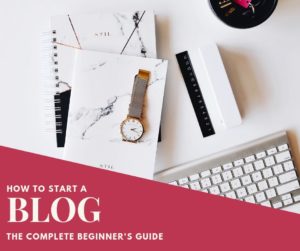How My Client Generated $56k Using Facebook Ads
I am an affiliate with links to an online retailer in this blog post. When you read what I have written about a particular product and click on that link and buy something from the retailer, I can earn a commission. Please note that I only recommend products that I truly believe in and use in my business. Please read my full disclaimer here
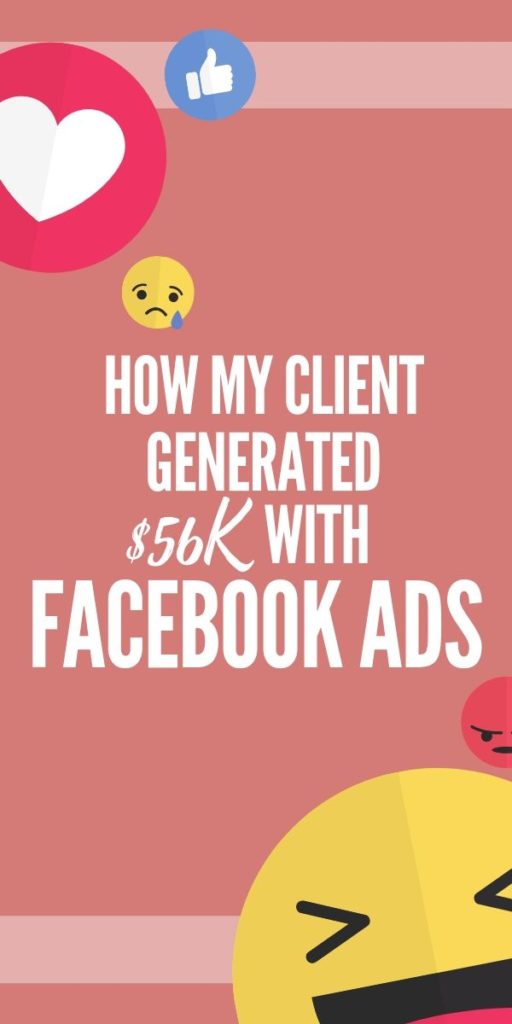
If you are trying to grow a business and do so quickly, the best investment you can make is in digital marketing and more specifically in social media marketing since social media is the most used platform today.
That means you should at least consider using paid advertisements to give your brand some exposure, so you can attract more of your ideal clients who may not already know that your brand exists.
Many small businesses rely on referral marketing and other unpaid traffic sources to grow their business and that’s a good thing.
However, I always believe that to get the boost that you want in business, you should be prepared to make an investment with the aim of getting a solid return on investment.
This is what my next client did, when he sought to market his newly created Shopify store and transform it into a six-figure business within seven months using digital marketing strategies including a social media marketing strategy.
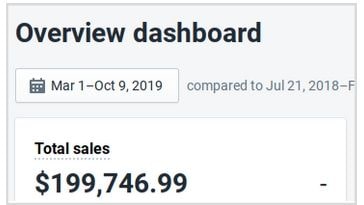
Of those digital marketing strategies, he was able to generate just about $56k using Facebook and Instagram Ads. It is this, that this social media marketing case study will be about. Check out my other social media case study where I show how I helped a client achieve a 310% ROI using Facebook Ads.
Ever thought about starting your own Shopify store? If this post gives you inspiration, check out my blog post that teaches you how to start your own Shopify store and make money.
When my client approached me, he was at the point where his product was already well received by the Facebook and Instagram audience, but he was finding it difficult to recreate the momentum that he once had, since he had stepped into the misfortune of having his Facebook Ad Account disabled.
My goal therefore was to help him recover quickly and continue to ride the wave, however the challenge was that as he was starting from scratch in a new ad account, he had no pixel data to rely on.
I therefore had to create a strategy, that involved going out into the marketplace and testing brand new audiences to see whether the product was still marketable. This was necessary to help him get new pixel data.
When using Facebook Ads, it is always best to start with a pixel that has matured. This way, Facebook already has some data, to help it understand the type of customers my client was looking for, and the type of customers that were likely to convert.
Nevertheless, despite having no data, one can still quickly test the marketplace to find new audiences that are likely to convert.
In this blog post, I will share with you how we achieved our results, how we found new audiences that were likely to convert, the strategy used in the ad campaign and what I learnt from this ad campaign.
Here’s What You Will Learn:
- How to research a niche before launching an ad campaign
- The two strategies I used for this ad campaign and why one did not work
- The results achieved during this ad campaign
- What I learnt during this ad campaign
- Key points you should understand when running Facebook Ads
How To Research A Niche Before Launching An Ad Campaign
The best advice I can give to you, if you are thinking of using Facebook Ads, is doing research to understand your audience and competition.
You need to understand who is likely to be interested in your product, what their likes are, what their dislikes are, what problems they are trying to solve, etc.
The good thing about my client’s product was that it was already validated when he decided to sell it.
It was validated because it was helped by virality on the internet. There was a lot of talk and positive reaction to this product. People were sharing it with their friends and most importantly, they were buying it.
The fact that a product has virality, already demonstrates that people like it and are willing to spend money on it, if it comes at a cost.
The reason why this is so important to product creators and advertisers is, it helps you to understand why some products sell well and others don’t. This is why validation is crucial when you are starting a business. Always make sure that there is a demand for your product before investing time and money in it.
My client understood this and leveraged this virality and created a Shopify store around the product. Not only did he offer the viral product, but also other products that complimented it.
When I found out that the product went viral, I had no hesitation in agreeing to help my client, because I knew that if people wanted it, it would sell.
This is one of the main things that I consider, before I work with a client – whether a product will sell.
The Research
When you are starting Facebook Ads from scratch and your product has no specific niche, you need to find a way to understand the type of people who are buying the product.
When I say that the product had no specific niche, I mean that there is no specific group of people from a specific niche, that would be interested in this product.
To give you some context and without disclosing my client’s product, the product was an everyday product that you use in the home.
So how did I find an audience or group of people that would be interested in buying this product where I had no pixel data?
I started by looking at my client’s competitors and analysing their websites.
When you have very little buyer data on a product, one tool that you can use is a web analysis tool that tells you the type of people who visit a website.
To analyse my client’s competition I used SimilarWeb.

This analysis tool also tells you what the competitor’s website’s visitors’ interests are, what other websites they visit, how long they stay on a website, which countries they live in or visit the website from and many other key metrics.
So in my client’s case, I looked at the interests section to establish what type of things they were interested in, then I kept a spreadsheet with my findings and used this information to help me create an ad campaign, targeting interests similar to those interests I found on SimilarWeb.
The next thing I did, was use a spy tool called BigSpy.
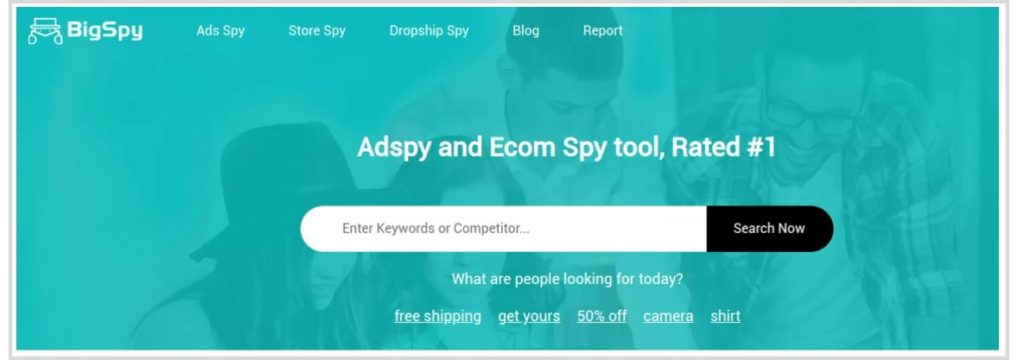
BigSpy allows you to spy on your competitor’s ads so you can see what angle they are using and which one appears to be successful.
You can use the information that you gather here, to get inspiration for your own ads. You can also find out what Facebook page, the competitor is running their ads on and get more information from the Facebook page.
It is important, that when you decide to start any form of paid advertisement, that you pay attention to what competitor advertisers are doing, so you can “piggyback” off of them to have the best chance at success in your own campaigns.
Whilst the emergence of spy tools has helped advertisers find winning angles, it also makes competition easy to increase, since it gives advertisers the ability to copy what they see and target their competitor’s own audience, quickly exhausting audiences which, may in turn increase advertising spend and reduce the profitability of a campaign.
Also it is important that I mention that, just because one advertiser appears to have had success with his/her campaign for a similar product you are promoting or selling, does not mean that you will have similar success.
You must test your own product against your own audience to see how it performs. But by performing this research first, it gives you a better chance at being successful, since you are creating advertising campaigns based on what is already working.
The Two Strategies I Used For This Ad Campaign And Why One Did Not Work
Facebook Ads appear to be changing constantly, so you must be prepared to learn and test new advertising strategies.
When I started this campaign, I used a strategy where I created a traffic objective campaign first, to drive traffic to the product page.
Then I retargeted the visitors to the product page and used a conversion campaign, to convert the visitors into buyers.
After $130 of ad spend and not getting any sales, I decided to change my strategy.
I am of the opinion that this strategy did not work so well because in my retargeting campaign, I was targeting people who were only likely to click on a link and visit a website.
Remember, I started my campaign with a traffic objective. A traffic objective tells Facebook that you are looking for people who are likely to visit a website. Those people may not have had purchasing tendency.
However, what’s interesting is that I used this strategy in a different ad campaign with a different client and it worked well. Check out that case study here.
In my new strategy, I decided to start off with a conversion campaign and optimised that campaign for purchases.
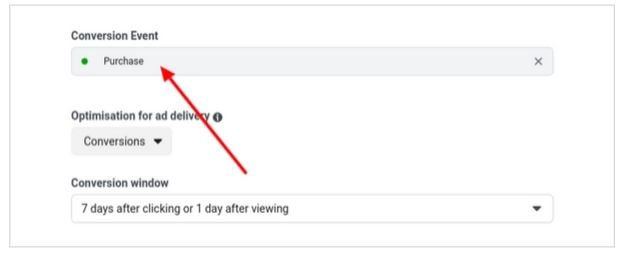
When I did that, I immediately got purchases of the product on day one.
Those who are not familiar with Facebook Ads, may have thrown in the towel early after testing the first strategy and losing $130 in ad spend, however this shows that you must not be so quick to give up and you should test other strategies, to see which one works best for the product.
This is proof that no two campaigns can be equal. You must create your own strategy and see if it works for you.
Social Media Marketing Case Study: The Results Achieved During This Ad Campaign
My client’s ad campaign consisted initially of 36 campaigns each with multiple adsets.
Over the period March 2019 to October 2019, my client spent over $29k in one ad account.
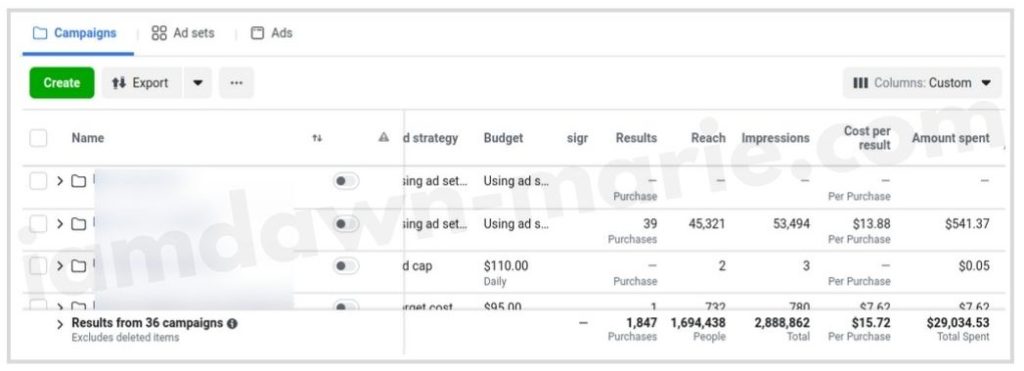
When that ad account was disabled, we had to quickly recreate ads in a second ad account to keep the momentum going.
Using the information from the first ad account, I was able to create one campaign and several adsets targeting look alike audiences that were shared from the first ad account and testing old and new interests.
Purchases were immediately generated in the ad campaign, suggesting that the audience had not yet been fatigued from this particular product.

It is these ads that continue to run today and which continue to deliver, despite starting from scratch and without any pixel data in the second ad account.
Whilst it is possible to share pixels from one ad account to another, what I found was that for this particular client’s business manager, the pixel data from the previous ad account (the one that had been shut down), had been erased for most of the campaign duration. I don’t know why that was.
But nevertheless, if you know what worked before, you can always replicate an ad campaign so that it works for you, even if starting from the beginning.
The final results was just under $56k in revenue from this campaign.
Remember when I spoke about the virality of this product in the beginning? Look at the amount of revenue my client was able to generate from the search engines alone, which was profit.
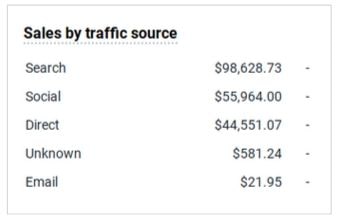
That goes to show that the best type of marketing, is marketing for a product that people want.
If there is little to no familiarity or attraction to the product or offer, no matter how good your marketing is, you will get little results. This is why every business idea or product has to be validated before you invest in it.
What I Learnt During This Ad Campaign
You can decide to scale a Facebook campaign fast or slow, but as I work on some of these ad campaigns, I am realising that Facebook becomes smarter over time.
There was a time when “guru” advertisers would tell you that you could scale a Facebook ad campaign within days or weeks. When I first started using Facebook ads, I would take “days or weeks” to be the threshold to decide whether a campaign was working or not.
As I got better with my ad campaigns, I realised that advertising on the whole, takes time. It certainly is not a quick road to success.
So now I work on my campaigns for a month and then work on scaling it in month two and so on.
I find that with sales conversion campaigns that it does take longer to find a profitable campaign. With lead generation campaigns, scaling it can be a shorter process.
So I say this to say, be patient with your ad campaign. If you are running an eCommerce campaign with Facebook ads, give it at least two months to scale.
Key Points You Should Understand When Running Facebook Ads
Not every product is marketable. As advertisers we cannot create miracles and make anyone buy a product that they have no desire to purchase.
Most people hear of Facebook advertisers having great success and making a lot of money on the platform, selling all sorts of products.
This may be true, but one thing you should understand about this, is that before these advertisers make a lot of money, they also spend a lot of time, testing various products to see what the marketplace wants.
It took me a long time to understand that marketing is all about testing and seeing what works for your specific audience.
This is why no two campaigns can be equal. When you understand that every campaign will be targeting a different person, and different people take different actions, you will understand when I say that no two campaigns can be equal.
Another thing that you should be prepared to do, is give your ad campaigns time. You have to.
I suppose advertisers have to accept blame when clients expect fast results. Because those same advertisers are the ones who are pushing the message that Facebook delivers quick results.
Whilst you can quickly test and see whether a product has marketability, to see whether a product can offer profitability, will take at least a month.
It’s also worth mentioning that budget also plays a part in how fast or slow you can go when testing campaigns.
In my client’s campaign, testing started at no more than $40/day so I suppose his results took longer and will be longer than someone who is able to test a product with $100/day ad spend.
So the point I am trying to drive is that you can go fast or slow depending on how much money you are prepared to invest to start your campaign.
A bigger budget will afford faster results, compared to a smaller budget.
Wrapping Up
Overall my client’s campaign was a success primarily because the product had virality and we were able to quickly ascertain a group of people that would be interested in the product through competitive analysis.
We were also able to scale this campaign quickly through creating many variations of look-alike audiences and targeting other countries.
This ad campaign shows that you can sell anything in the marketplace, if your product is attractive and people want it, but you will only know if you take action and begin testing it.
Most businesses prefer to rely on referral marketing to grow their business, but they are missing out on so much more and leaving a lot of money on the table, if they do not take action to target their ideal audience in a place where they “hang out” – that is on the Facebook or Instagram platform.
Need help with targeting a wider audience or scaling your business using Facebook Ads? Click here to see how I can help your business.

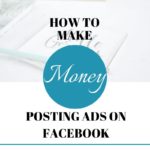 Previous Post
Previous Post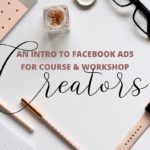 Next Post
Next Post
